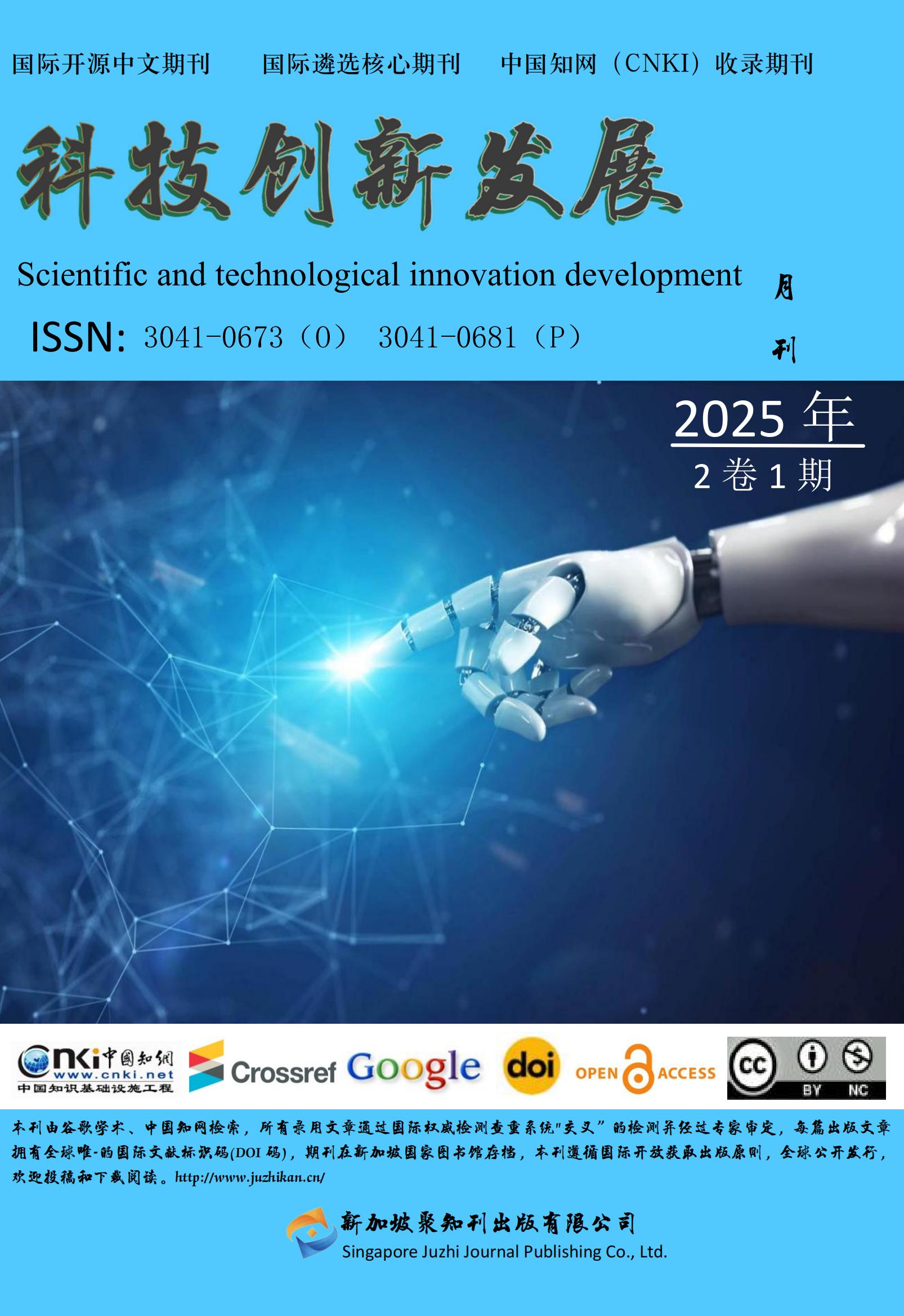
 info@juzhikan.asia
info@juzhikan.asia
 info@juzhikan.asia
info@juzhikan.asia
四川大学公共管理学院,四川成都,610065;
摘要:近年来,生成式人工智能技术发展迅猛,在科研领域得到了广泛应用。它融合深度学习、生成建模、算法优化等多种技术,在科研工作的内容创建、智能交互、数据处理、润色修正等场景中发挥作用。不仅能提高知识发现效率,还能开拓研究思路解决复杂问题。然而也带来了科研伦理挑战,为应对这些问题,国家、出版方、企业以及科研院所等主体应采取应对措施,充分发挥生成式人工智能技术的潜力,有效规避潜在风险和挑战。
关键词:生成式人工智能;AIGC、科学研究;科研工具
参考文献
[1]国家网信办等七部门联合公布(2023).生成式人工智能服务管理暂行办法[EB/OL].https://www.gov.cn/zhengce/zhengceku/202307/content_6891752.htm.
[2]王树义,张庆薇.ChatGPT给科研工作者带来的机遇与挑战[J].图书馆论坛,2023,43(3):109-118.
[3]The Al writing on the wall[J].Nature Machine Intelligence,2023,5(1):1.
[4]陆伟,刘家伟,马永强,等. ChatGPT为代表的大模型对信息资源管理的影响[J].图书情报知识, 2023, 40(2):6-9, 70.(LU W, LIU J W, MA Y Q, et al. The Influence of large language models represented by ChatGPT on information resources management[J]. Documentation, information&knowledge,2023, 40(2):6-9, 70.)
[5]THOMPSON A D.What’s in my AI?A comprehensive analysis of datasets used to train GPT-1,GPT-2,GPT-3,GPT-NeoX-20B,Megatron-11B,MT-NLG,and Gopher[EB/OL]..https://LifeArchitect.ai/whats-in-my-ai.
[6]贾诗威,闫慧.算法偏见概念、哲理基础与后果的系统回顾[J].中国图书馆学报,2022,48(6):62.
[7]王慧敏,刘佐菁.新一代生成式人工智能科研伦理问题分析及我国的应对策略——以ChatGPT为例[J].广东科技,2024,33(04):79-83
[8]Svab l,Klemenc-Ketis Z,Zupanic s.New challenges in scientific publications:Referencing,artificial intelligence and ChatGPTU[J].Slovenian Journal of Public Health,2023,62(3):109-112.
[9]Azaria A,Azoulay R,Reches s.chatGPT is a remarkable tool-for expertsu[J].Data Intelligence,2024,6(1):240-296.
[10]Dergaa l,Chamari K,Zmijewski Pet al.from human writing to artificial intelligence generated text:examining the prospects and potential threats of ChatGPT in academic writing[J].Biology of Sport,2023,40(2):615-622.
[11]Alshami A,Elsayed M,Ali E,et al.Harnessing the power of chatGPT for automating systematic review process:methodology,case study,limitations,and future directions[J].Systems,2023,11(7):1-37.
[12]王鹏涛,徐润婕.AIGC介入知识生产下学术出版信任机制的重构研究[J].图书情报知识,2023,40(5):87-96.
[13]Borger J G,Ng A PAnderton H,et al.Artificial inteligence takes center stage:exploring the capabilities and implicationsof ChatGPT and other Al-assisted technologies in scientific research and educationyl.lmmunology and Cell Biology,2023,101(10):923-935.
[14]机数量子.Chem-GPT产品介绍[EB/OL].[2023-12-04].http://www.mdqtechnology.com/pinfo.php?class id=102104103#a0
[15]Lingard L.Writing with ChatGPT:An ilustration of its capacity,imitations & implications for academic writers!.Perspe ctives on Medical Education,2023,12(1):261-270.
[16]陆伟,马永强,刘家伟,等.数智赋能的科研创新--基于数智技术的创新辅助框架探析[J].情报学报,2023,42(9):1009-1017
[17]游俊哲.ChatGPT类生成式人工智能在科研场景中的应用风险与控制措施[J].情报理论与践,2023,46(06):24-32.DOI:10.16353/j.cnki.1000-7490.2023.06.004.
[18]张新玲,谢永生,童权.ChatGPT对学术期刊的挑战及其应对策略[J].传媒,2023(19):27-29
[19]蒋雪颖,刘欣,生成式人工智能技术下的学术生产与出版:变革、失范与路径[J].数字图书馆论坛,2023,19(5):64-71
[20]周力虹,冯薇,刘芳,全球视野下的科研诚信教育:实践进展、热点问题与未来展望--iConference2023科研诚信教育研讨会综述[J].图书与情报,2023(3):112-120.
[21]高丹丹.生成式人工智能在研究生科研中的应用:优势、局限与对策[J].中国现代教育装备,2024,(11):40-43.DOI:10.13492/j.cnki.cmee.2024.11.004.
[22]马银琦,黄恒,毋磊,等.“技术赋能”还是“工具依赖”:生成式人工智能对研究生科研创新力的影响研究[J].电化教育研究,2024,45(12):58-66.DOI:10.13811/j.cnki.eer.2024.12.008.
[23]程睿.ChatGPT介入学术论文透明度义务的可视正义功能[].科学学研究,2023,41(12):2138-2146.
[24]刘三女牙,郝晓晗,生成式人工智能助力教育创新的挑战与进路山.清华大学教育研究,2024(3):1-12